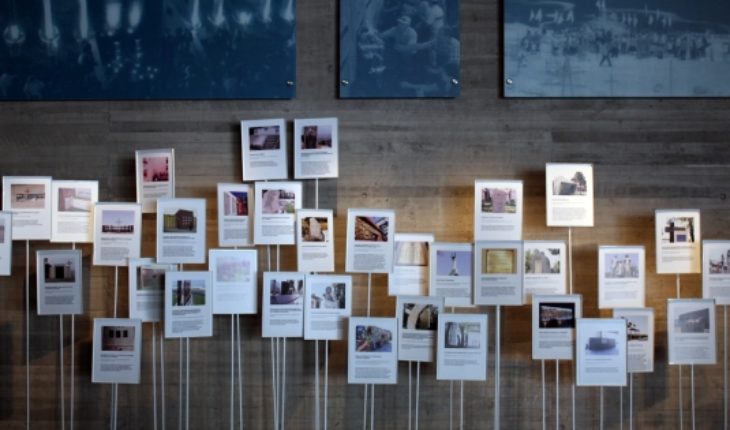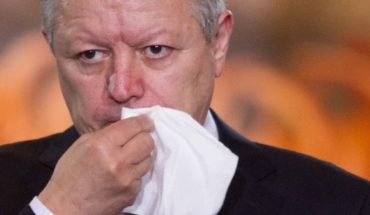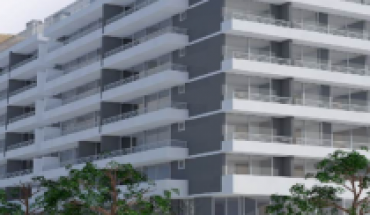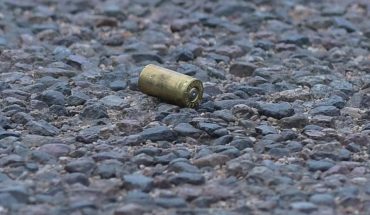the social context in which we live determines in indelible way our history, but under no circumstances can justify the loss of humanity, nor does not resort to violence and hatred in order to undergo the adversary to impose a certain type of society. Prison and the massive exile, the shot at random, torture, the bodies buried in the desert, thrown into the sea or made to disappear not have a context able to justify them. No good future can be built with barbarism.
This story is also a tribute to the memory of many young people who are now, so they are not forgotten.
My own context is that of a generation that, in 1973, lived a restless preadolescence. Many of which suffered human rights violations were contemporary youths who did not have any responsibility in the events that led to the military coup.
I remember that 11 Tuesday, came to my school and saw for the last time many companions of the higher grades. Others, I could reconnect with the years. The fear was already installed, I lived with anguish the arrest of my grandfather – medical with social commitment – along with my father, a non militant whose sin was to be the grandchildren of President Allende pediatrician.
High school was, for us, a period marked by curfews and painful stories of friends, known and nearby who had been arrested, that were being tortured, who went into exile or that were killed.
In our context, on 2 July 1986, Radio Cooperativa reported us that population Los Nogales’s Central station a group of young people had been intercepted by a military patrol. That day the horror and pain fell upon Carmen Gloria Quintana and Rodrigo Rojas de Negri, because they did not reach to flee. Lieutenant Pedro Fernández Dittus ordered sprinkle with petrol and set them on fire.
At the beginning of the 80s, in the Faculty of Medicine of the University of Chile, faced the dilemma of many: marginalize me into a seamless academic path; be a part of those who ‘understand’ the dictatorship of Augusto Pinochet, but did not justify its excesses; be with who they justified them and defended, or add my voice to those who, despite the risks, opposed with all the strength that could. I chose this last role, for me the only possible way to so much horror.
The first time that I felt about the repression was when Jorge Muñoz, partner of a nearby University classmate, died in an explosion near a tower which – they said – was intended to shoot down. That was a real Assembly, unlike those who they imagine and shamefully accused the brief former Minister Mauricio Rojas and other like minded people to your ideas.
In the mass protests when he was leader, and then President of the Center for students of medicine, I had to serve the inhabitants of the José María Caro in the emergency service of the Hospital Barros Luco and students who were injured by Buckshot and blows after – unarmed – confront police and soldiers. That was my context.
One of the times in that repressive forces illegally entered the University, a policeman I pointed his gun and a bullet grazed my neck. They were times of threatening warnings, follow-up by all sides and of prolonged surveillance of fixed point for our addresses by foreign civilians. They were agents of the National Center of information (CNI). Death was always around in lathe.
As a student I had to close the death of Patricio Manzano, young 21 years who, in the summer of 1985, was arrested and ill-treated, along with fellow volunteer work organized by the reborn FECH, – again falsely – accused of be preparing one guerrilla. Patrick suffered a heart attack which his companions rescued, but in moving to the emergency police service did not continue resuscitation and died.
In our context – and only a month later, at the end of March – José Manuel Parada, Manuel Guerrero and Santiago Nattino were abducted in full via public, tortured and slaughtered.
Impotence and rage were more than fear, and his funeral is transformed into one of the most massive demonstrations of the era. We were convinced to keep fighting. Tens of thousands seals with tears in his eyes to the General Cemetery demanding respect for life and human rights.
In our context, on 2 July 1986, Radio Cooperativa reported us that population Los Nogales’s Central station a group of young people had been intercepted by a military patrol. That day the horror and pain fell upon Carmen Gloria Quintana and Rodrigo Rojas de Negri, because they did not reach to flee. Lieutenant Pedro Fernández Dittus ordered sprinkle with petrol and set them on fire.
Rodrigo died four days later. Carmen Gloria, with 62% of the burned body, survived and became a symbol of life will. Like Maria Paz Santibáñez, student of piano that was shot in the head when, opposite the Municipal Theatre, were protesting against José Luis Federeci appointed rector of the University of Chile.
Less fortunate was Jecar Neghme, student of history of the pedagogical, who took the spokesperson of the MIR and was killed on September 4, 1989, almost a year after the referendum. His death is known as the last political execution of the dictatorship.
No context can justify such atrocities nor many others, in Chile or in any part of the world.
The objective of the Museum of memory is not the show “contexts” that allow to “understand” the “why” of the atrocities committed, because they have no explanation and less justification.
The Mission of the Museum of memory is to show the horror of which some may be able to if others look away or pretend to not see justified by “context” to current and future generations. Its objective is to make you feel revulsion, rejection, e – independent of the political ideas of everyone – out of there never more convinced.
translated from Spanish: The memory, from personally
August 20, 2018 |





